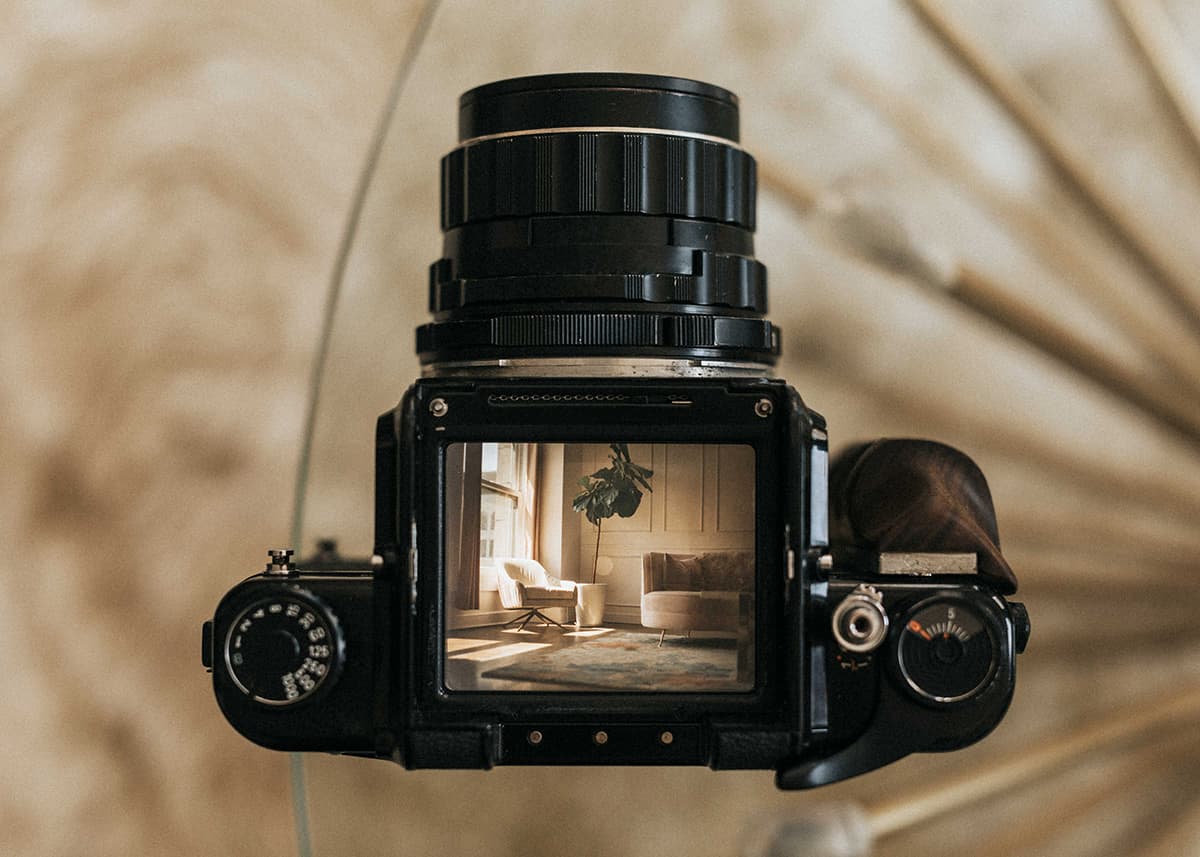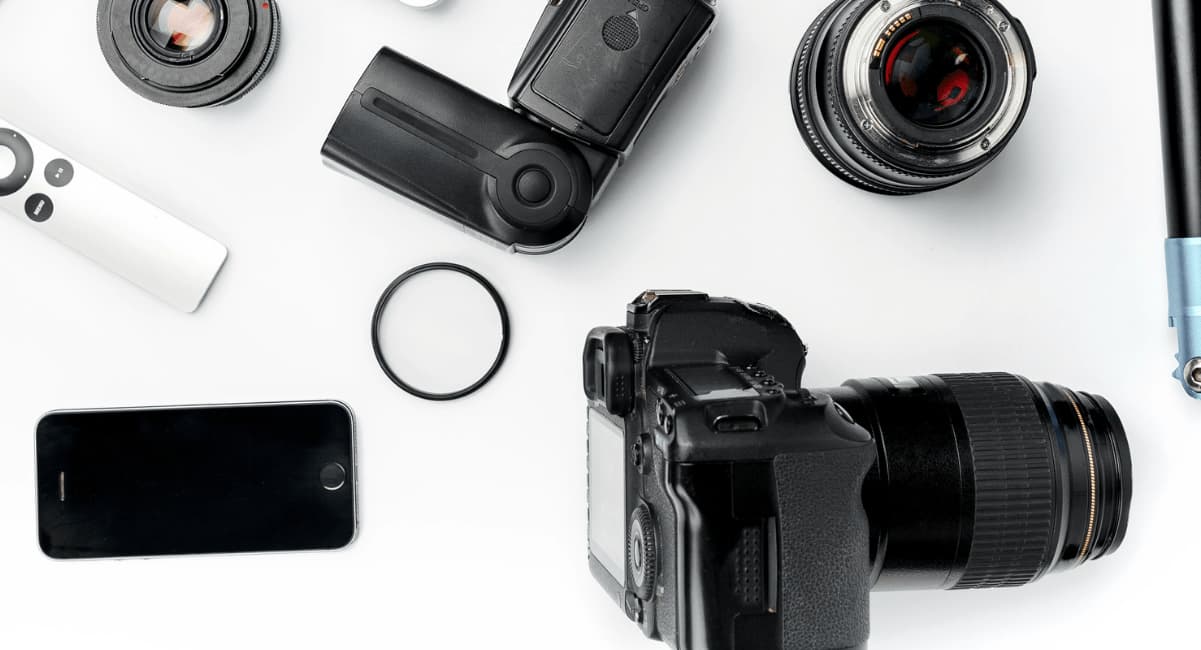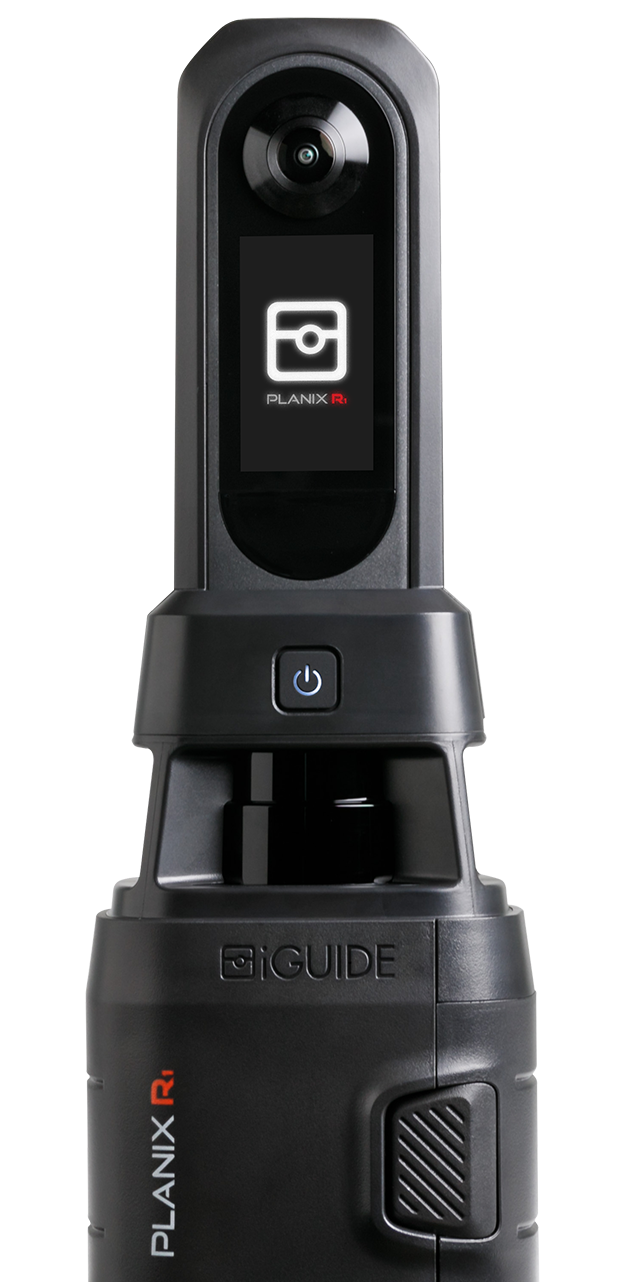You want to build a real estate photography business but need a few pointers. Taking photos for real estate agents is a lucrative way to earn a living. But first, you need to understand what real estate photography is. This niche industry involves using a variety of tools to enhance the look, marketability, and value of residential and commercial properties. Taking professional photos is just the beginning.
Everything you need to know on how to start a real estate photography business can be discovered by getting involved with real estate agents, top technology providers, and doing some research. It will take some time to get up to speed to become a great real estate photographer and the best way to start is by narrowing down the basics.
What do real estate photographers do?
The real estate photography business is all about presentation. You photograph and gather pertinent details of properties for real estate agents so they can use them for marketing purposes. Start with the most up-to-date camera system to help you capture well-composed photos, 3D tours, floor plans, and panoramas. When you are hired for a job make sure to show up on time. Set the stage for your photoshoot and ensure the proper lighting taking into account the time of day. Make sure you focus on the property and try to refrain from making the property owner’s objects the focal point of the picture. Keep the attention on the structure, architectural design, landscaping, and built-in features. The average photo session should take under 1 hour including all your still shots and gathering information about accurate measurements.

How to become a great real estate photographer
It’s not just about how to start a real estate photography business, it’s about longevity. Becoming a professional photographer was your first step. You can transform into a great real estate photographer by researching the needs of your number one client, Realtors. Real estate agents need and want someone who will work with them and provide a quick turnaround time. Practice makes perfect, so be sure to practice using your high-tech camera equipment and follow the tutorials provided by leading-edge brands like iGUIDE. You’ll get up to speed in no time at all by choosing a camera system that captures all the data and photographic images agents are looking for. Proptech companies offer support tutorials that walk you through step-by-step ways to create the perfect real estate photography package for all your clients.
What to charge for your services
Real estate listings vary from “handyman specials” to “opulent villas” so pricing your services should be based on the amount of time and effort required to do a good job. Start with a basic package that includes important things like photos, floor plans and virtual tours. Don’t forget to charge for extras in your real estate photography business like travelling out of town or any virtual staging. Give a few pricing options based on the square footage of the property, the number of included photos, and upgrades like drone aerial footage. Try to limit the choices to around four. Too many options only confuse your clients. Agents want clean definitive services when seeking your services. Repeat business is sure to follow when the agent sees the positive marketing results of more listings, referrals, and quicker sales.

Marketing your real estate photography business
As with any business venture you need to think about how to get leads. Begin with the obvious by attending trade shows and functions attended by Realtors. A good website goes a long way in your marketing plan. Make sure to show examples of your recent real estate photography. Highlight all the extra services you offer like floor plans, virtual tours, twilight photos, and flexible schedules. How to start a real estate photography business and growing your brand requires using a combination of social media and social media advertising. Instagram and Facebook are platforms that provide reach to your target market. Invest in a few ad campaigns to get your brand noticed. If you’re lacking in internet technology skills pair up with a local freelancer or multi-media company that offers services based on your business plan. Make sure you update your website regularly with new 3D tours, examples of floor plans, and your outstanding photos.
Use technology to your advantage and stand out
Regardless of your favourite go-to camera be sure to add advanced equipment into your inventory. Technology-driven equipment like iGUIDE’s camera systems gives you everything you need. Competition in the real estate photography business is fierce. The industry standards are changing to adapt to the needs of the consumer. This includes the need to fully understand a space. As a real estate photographer, you help tell the story of a property by capturing the essence of a building, showcasing it in the best way possible, and gathering important accurate measurements. How can you accomplish all this? Use current technology to include 3D tours and floor plans that highlight property features and elevate your brand. You can stand out by staying on top of market trends, reviewing statistics, and keeping an eye on the market. Sure, you are not a Realtor®, but as a complimentary service that all agents use you need to understand what real estate is all about.
How to start a real estate photography business is not rocket science. A little hard work, some dedicated hours, and cutting-edge technology will have you on speed dial for Realtors in your target area.
Download our free eBook:
7 Extra revenue streams with iGUIDE


